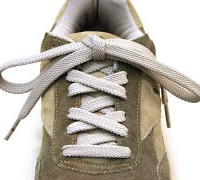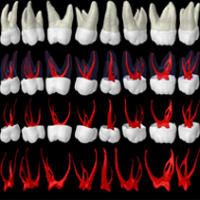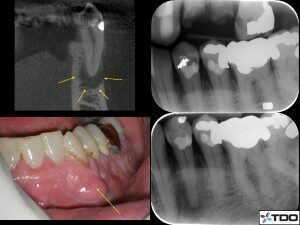What do Shoelaces and Sutures Have in Common?

Not long ago my wife started teaching our oldest son how to tie his shoelaces. One day while he was struggling to get it right, I came over to help. I taught him to hold the loop with his right hand and to wrap the lace around with his left. He was adamant that Mom had taught him to hold the loop with his left hand and to wrap it with the free lace in his right hand. I explained that he must surely be mistaken. When we decided to settle the matter with Mom, we found that I was wrong, and he was right. When it came to tying the knot, my wife and I did not agree.
Was there a right way? Who was wrong? One of us had been doing it incorrectly for more than 30 years. Tonight I found that I was the wrong one. I had been tying a “granny knot” or an “un-balanced knot”. She had been tying the “balanced knot”.

The un-balanced granny knot sits crooked on your shoe and comes undone more easily. This is why I could never get the bow on the back of my daughter’s dress to look straight and pretty.

If you’re constantly re-tying a child’s loose shoe, be sure to entirely undo the previous knot, or else risk re-tying the granny knot, which will come undone more quickly. Click here to go to Ian’s Shoelace Site to learn more.
The reason why the granny knot comes undone is because of the way the laces lie together; the balanced knot has a greater tension from the foot below. This is not far different from a simple concept in tying your sutures in surgery. I was taught to “roll your knots”. When tying an interrupted suture, I usually tie the knot three times for security, but it is important that with each time you pull the needle holders in alternating directions each time. This will “roll” the knot, create more tension, and increase the security of the suture. Watch the first 40 seconds of this video and notice how he pulls the needle holders in opposite directions with each tying of the knot.
So how will I tie my shoes in the future? I’m going with this new one that I just learned – the Ian Knot. Self-named by the owner of the site dedicated to the fun, science, and fashion of shoelaces. The Ian knot gets you the same result in a third of the time. Try it yourself and you’ll wonder why your parents didn’t teach this to you first.




